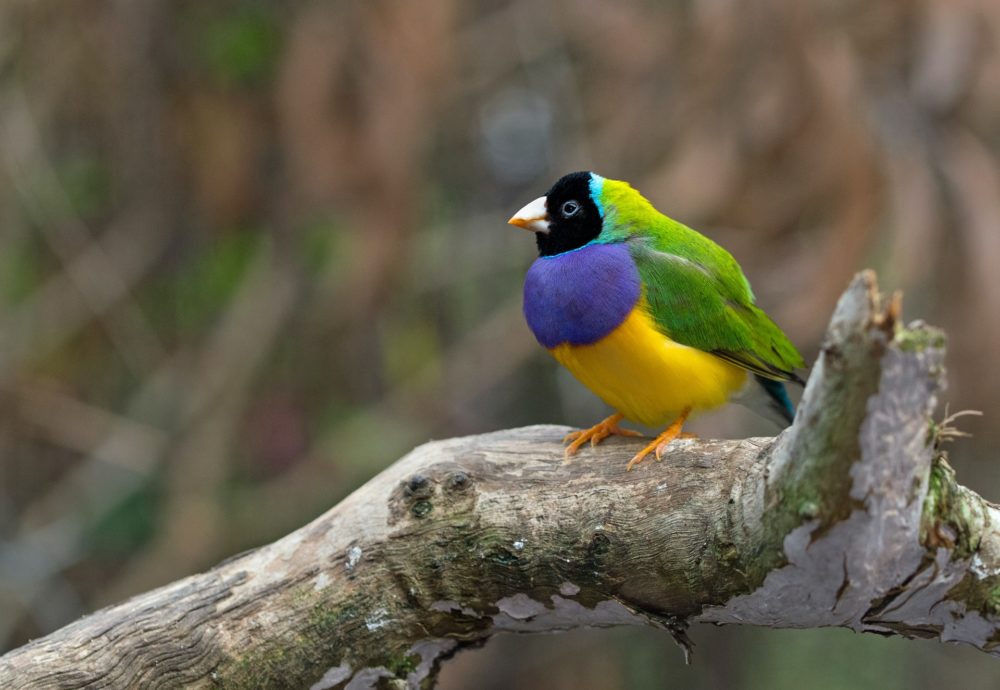Update: This case was discontinued (except as to costs) on 5 June 2020 after the developer provided our client, Manyana Matters Environmental Association, with a further undertaking to give two weeks’ notice to our client prior to commencing any work. The development has now been referred by the developer to the Federal Minister for a decision as to whether or not the project requires assessment under the EPBC Act.
27 May 2020: Today the Federal Court made orders noting the undertaking given by Ozyhomes that it would not commence clearing of any vegetation – other than that required for perimeter fencing – on a 20 hectare site at Manyana intended to be developed for a 180 lot residential subdivision.
The Environmental Defenders Office, representing Manyana Matters Environmental Association, successfully secured the voluntary undertaking from OzyHomes, providing a short reprieve for the unburnt bush and the species finding refuge there since the summer’s fires. Justice Wigney of the Federal Court made orders noting the developer’s undertaking that no work commence while an ecologist is surveying the land for the presence of the threatened Greater Glider. Court will return to consider the evidence in early June. The orders also note OzyHomes’ agreement to provide access to the site for the EDO’s client’s expert to undertake site surveys.
The Manyana area was spared from this summer’s devastating bushfires, a fact described by locals as “miraculous”, but the land is currently scheduled to be bulldozed to make way for a 180-lot residential subdivision.
The block at Manyana, believed to be providing a critical refuge from the surrounding burnt bush for many species, including the threatened Greater Glider, has captured the public conscience and provides a microcosm of the challenges created by competing interests following Australia’s devastating summer of fires.
Environmental Defenders Office CEO David Morris was circumspect about the Court decision, noting: “We are thrilled that the community has secured immediate protection of this important habitat. This is only the first step for us in assisting our clients to protect the Greater Glider and this now critical piece of land.
“Following the fires the Commonwealth listed the Greater Glider as a species requiring the highest priority for management and a key action was to protect unburnt areas. So this is a start and it is positive but we’ll be back again next week to put more evidence before the Court”.
Jorj Lowrey, spokesperson for the Manyana Matter Environmental Association Inc, said, “We welcome today’s decision by the Federal Court to note the developer’s undertaking. It’s a step in the right direction and gives us the the opportunity to keep fighting for this precious unburnt mature forest in Manyana and the vulnerable wildlife seeking refuge there.”
The case relies on part of the Commonwealth Environment Protection and Biodiversity Conservation Act (EPBC Act) which allows people to step in to stop an action that will breach the law, including unapproved actions that potentially have a significant impact on Commonwealth listed species.
During Australia’s summer of bushfires, an estimated 12 million hectares of land was burnt and an estimated billion animals were killed. Development projects which may not have had a significant impact on threatened species before the fires now could.
David Morris noted: “It is clear that a paradigm shift is needed to protect Australia’s incredible wildlife, which suffered so tremendously last summer. Unfortunately, through no fault of their own, the developer of this site now owns a piece of land that may be critical to the survival of the Greater Glider.”
The importance of the block at Manyana is not yet known, with key surveys now to be undertaken, but a precautionary approach is needed. Evidence put before the Court stated that unburnt areas can be important refuges for the Greater Glider.
David Morris said, “This summer’s bushfires were so widespread and deep-seated that we’re only beginning to understand the profound impact they’ve had on nature. Our ability to understand the impact has been affected by the COVID-19 pandemic too.
“The proper approach needs to be to hold off on developments approved prior to the fires until fresh environmental assessments are made, because the relative important of the land that remains has dramatically increased and what is clear is that vulnerable species inhabit this site. Ultimately the whole development needs to be re-assessed in light of the changed circumstances.”
Any assessment would currently take place under Australia’s Commonwealth EPBC Act, currently under review. David Morris highlighted deficiencies in the existing law and regulations, stating “There are more hurdles ahead to protect the Greater Gliders of Manyana. The fact is Australia’s environmental laws are not well equipped to protect nature in the wake of this summer’s fires. Fortunately they’re under review and that’s a terrific opportunity to have our laws upgraded to better protect our incredible animal and plant species.”
While excited by this positive first step, EDO’s clients are reluctant litigants and are still hoping for swift and decision action from Government to step in and protect the area.
David Morris stated, “Our clients are determined to protect this important wildlife refuge, but they’d far prefer to do so without court action. In my view, a far better alternative to litigation would be decisive action by Government, but without that our clients have made it plain they will not give up on protecting this place that was – somewhat miraculously – spared from this summer’s catastrophic fires”.
There is precedent for Government land purchases to enable this type of area to be protected. In 2019, the NSW Government, Northern Beaches Council and a local community group came together to purchase land earmarked for a private residential subdivision, protecting more than 10,000 square metres of environmentally significant littoral rainforest at Newport in northern Sydney.
Image: Greater Glider (Petauroides volans) by David Cook, available under CC BY-NC 2.0






